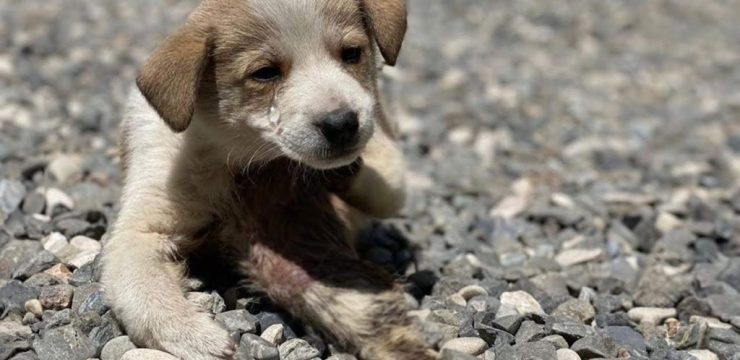The answer to this seemingly simple question lies in the need to protect lives and ensure the safety of pedestrians, especially in challenging terrains like mountainous regions. Constructing roads and paths in such areas has always been a formidable challenge, and the methods employed in the past reveal the ingenuity and practicality of those who undertook this arduous task. It’s a fascinating story of how humans adapted to the natural environment to create pathways that were both functional and accessible to all. 
The Challenge of Mountainous Terrain
In ancient times, when people needed to build a road to the top of a mountain, they faced steep and treacherous slopes that were nearly impossible for most individuals to traverse safely. The rugged terrain posed a significant risk, especially for those carrying heavy loads or traveling long distances. A practical and clever solution emerged—one that leveraged the instincts and capabilities of animals, particularly donkeys, to guide the construction process.
Donkeys have long been valued as reliable companions in navigating difficult landscapes. Their ability to maintain balance and endurance on steep and rocky paths made them indispensable in mountainous regions. When tasked with creating a path to the summit, builders would bring a donkey to the site and let it climb the slope freely. The donkey’s natural movements and instincts helped identify the most stable and manageable route up the mountain. By observing the path chosen by the donkey, builders could determine the safest and most efficient location for constructing the road.
The Donkey’s Role in Pathfinding
This method was not only practical but also highly effective. Donkeys, with their surefootedness and ability to adapt to uneven surfaces, instinctively avoided areas that were too steep, unstable, or dangerous. Instead, they sought out gradual inclines and firmer ground, ensuring that their chosen route was the safest for humans to follow. This approach allowed builders to design roads that minimized risks for travelers while ensuring a steady and navigable ascent.
Once the path was identified, construction work could begin. Workers used tools to clear away obstacles, level the ground where necessary, and reinforce the path with stones or other materials to ensure stability. Over time, these rudimentary trails evolved into more structured and durable roads, capable of supporting not just pedestrians but also carts, livestock, and eventually vehicles.
A Testament to Human Ingenuity
The use of donkeys in this way highlights the resourcefulness of early road builders. By leveraging the natural instincts of animals, they overcame significant challenges without the advanced technology or machinery we rely on today. It’s a testament to human ingenuity and our ability to find creative solutions to seemingly insurmountable problems.
Beyond the practical benefits, this approach also underscored the importance of safety and accessibility in road construction. The paths created using this method were not just for the convenience of travelers—they were essential for ensuring their survival. Steep, unplanned routes could lead to accidents, injuries, or even fatalities, especially for those carrying heavy burdens or traveling with livestock. By carefully designing and constructing roads based on the safest possible routes, early builders prioritized the well-being of their communities.
The Evolution of Road Construction
Today, modern engineering has replaced the need for donkeys in road construction. With advanced surveying tools, machinery, and materials, we can create roads that are straighter, more durable, and better suited to the needs of modern transportation. However, the underlying principle remains the same: the goal is to create pathways that are safe, efficient, and accessible to all.
Reflecting on this historical practice offers valuable lessons about the importance of adaptability and innovation. It reminds us that even in the face of significant challenges, there are always ways to overcome obstacles using the resources at hand. The story of donkeys helping to build mountain roads is a powerful example of how humans and animals have worked together to shape the world around us, creating pathways that connect us and make our lives easier.
A Legacy of Practicality and Ingenuity
In conclusion, the practice of using donkeys to explore and identify safe routes up mountains was born out of necessity and practicality. It ensured the safety of pedestrians and enabled the construction of roads that were both functional and secure. While modern technology has replaced these methods, the ingenuity behind them continues to inspire. It’s a reminder of how creativity, resourcefulness, and respect for the natural world can help us achieve remarkable feats, even in the most challenging environments.





